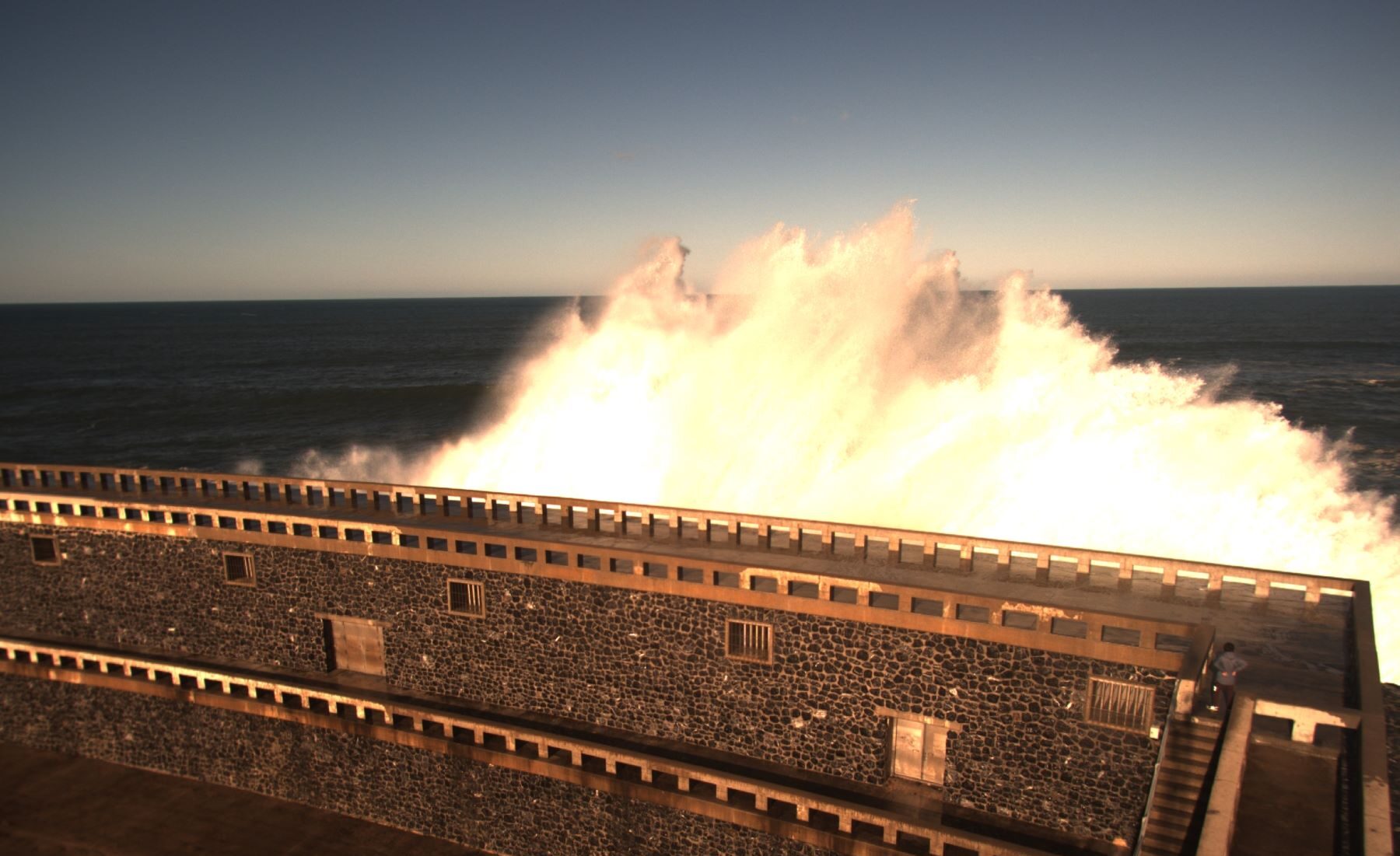A new AZTI study that has been carried out for 3 years on thirteen beaches on the Basque coast, has helped reveal the keys that will allow us to improve thecoastal management against storms in the face of the worsening of extreme events due to the climate change.
The AZTI technology center has analyzed the impact of storms on 13 Basque beaches representative of the coastal geography of northern Spain. The findings, recently published in the journal Ocean and Coastal Management, highlight the importance of geomorphological characteristics, such as the width and height of the dry beach, defined as the area of the beach above high tide, and the height of natural defense barriers (dunes) and artificial defense barriers (walls), for effective coastal management.
The thirteen beaches object of the study were: La Arena, Arrigunaga and Arriatera, in Bizkaia; and Saturraran, Ondarbeltz, Deba, Itzurun, Santiago, Gaztetape, Malkorbe, Zarautz, Antilla and Hondarribia, in Gipuzkoa
To carry out the study, AZTI made use of the videometry network of the Basque Coast, based on KOSTASystem technology, which covers a coastal stretch of 150 km. This network allows the simultaneous monitoring of the main sandy areas of the Basque coast, providing essential data for the development of coastal management tools. These tools are useful for long-term analysis of the morphological evolution of the playa, and for short-term applications, including occupancy density, return current detection and prediction, and monitoring the impact of stormsamong other aspects.
Three categories analyzed on the beaches
This technology allowed the AZTI research team classify sandbanks into three categories based on your response to the storms:

First of all, the beaches dominated by the impact of waves on defense barriers and the presence of overtaking. A clear example would be Zarautz beach, where the height of the beach is less than 3.5 meters and the width of dry sand does not exceed 30 meters. These types of sandbanks are the ones that are most vulnerable to damage during storms.
In fact, Zarautz beach is recognized as one of the most vulnerable points on the Basque coast. Together with the city of Donostia-San Sebastián, it represents the Basque coastal municipality with the highest number of insurance claims for damage resulting from storms.
In second place, beaches with occasional impact of waves on defense barriers. Exemplified by La Arena, with a beach height of 4 to 6.5 meters and a width of between 40 to 75 meters, this type of sandbank is less vulnerable to damage during storms when compared to the previous group.
Finally, beaches without occasional impact of waves on defense barriers. They are less prone to damage, with a beach height of up to 7.5 meters high and a wide strip of sand greater than 50 meters, such as Hondarribia or Arrigunaga.
“The result of our research highlights that the greater the width and height of the dry beach and the height of the defense barrier, the greater the natural protection against storms,” says Aritz Abalia, expert in coastal engineering and operational oceanography at AZTI. . “This emphasizes the importance of these parameters in evaluating the potential impact of storms on a regional scale and underlines the need to maintain these values, limiting erosion, to protect coastal areas” needs Abalia.
Furthermore, the research team emphasizes the importance of continuous maintenance of videometry stations to collect long-term data, which It is crucial for coastal management based on scientific evidence.
«Our work highlights the importance of using advanced technologies to better understand the impacts of storms and support management strategies at the regional level. Likewise, this research is also a relevant step towards improving the resilience of the Basque coast, laying the foundations for the development of a robust regional early warning system”, concludes the AZTI expert.
The videometry network Basque has been financed by the Provincial Council of Bizkaia, Port Authority of Bilbao, Zarautz City Council and the Provincial Council of Gipuzkoa.
Furthermore, this study is part of a broader collaboration that is framed in the context of the Kostarisk cross-border applied research laboratory. This project has received European funding through Regions4Climate and Urban Klima 2030.

